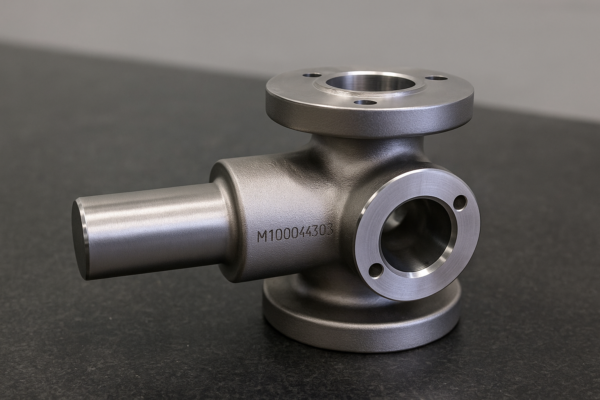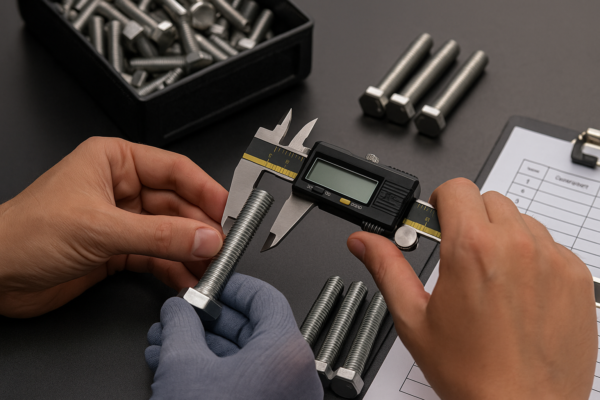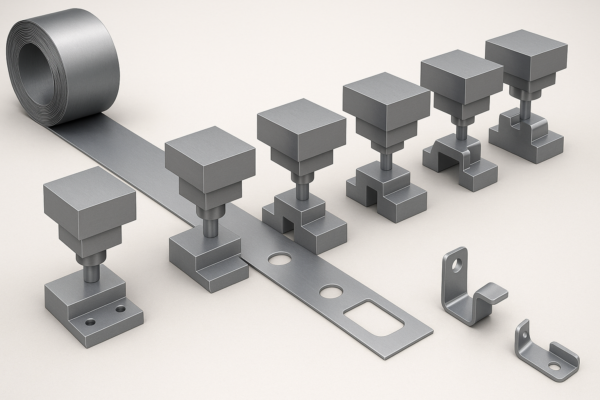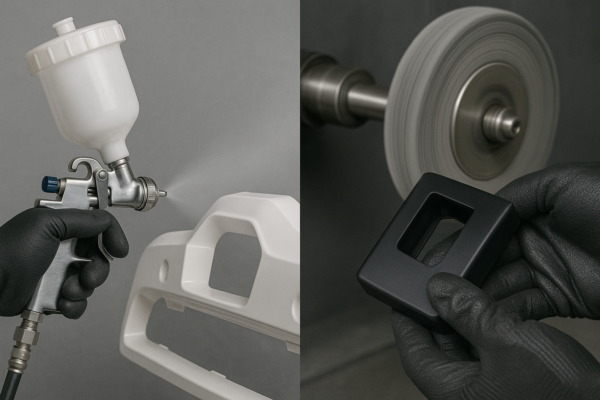What Are the 12 Common Rock-Forming Minerals?
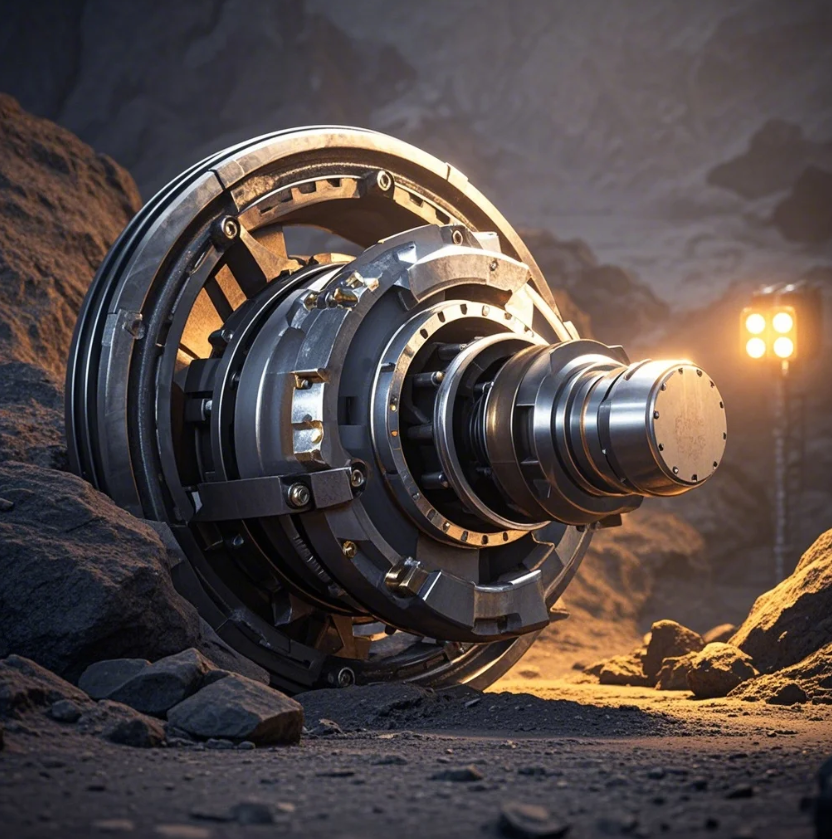
Rock-forming minerals are the building blocks of the Earth’s crust, and they define the characteristics of the rocks around us. Understanding the 12 common rock-forming minerals can help in identifying rocks and understanding their composition.
Snippet paragraph: The 12 common rock-forming minerals are essential components in the Earth’s crust, influencing the structure and properties of rocks.
Transition paragraph: Let’s explore these 12 minerals and their crucial roles in forming the rocks that make up the Earth’s crust.
What Are the 20 Most Common Rock-Forming Minerals?

While the 12 common rock-forming minerals are the primary components of most rocks, there are additional minerals that also play a significant role. These include:
- Quartz: One of the most abundant minerals, found in many types of rocks.
- Feldspar: The most common mineral group, consisting of both alkali and plagioclase feldspars.
- Mica: Known for its sheet-like structure, mica is found in both igneous and metamorphic rocks.
- Calcite: The primary component of limestone and marble.
- Amphibole: Found in metamorphic rocks, with a needle-like crystal structure.
- Pyroxene: A common mineral in igneous rocks, including basalt and granite.
- Olivine: Found in igneous rocks, especially in basalts.
- Garnet: A group of silicate minerals found in metamorphic rocks.
- Clay minerals: Important in sedimentary rocks like shale and mudstone.
- Chlorite: Found in metamorphic rocks, often associated with low-grade metamorphism.
- Halite: The mineral form of salt, often found in evaporite deposits.
- Sphalerite: An important ore of zinc, found in sedimentary rocks.
- Hematite: An important iron ore mineral.
- Magnetite: A magnetic mineral found in igneous rocks.
- Apatite: A phosphate mineral found in igneous rocks.
- Zeolite: Found in volcanic rocks and sedimentary deposits.
- Kyanite: A silicate mineral found in metamorphic rocks.
- Talc: A soft mineral often found in metamorphic rocks.
- Dolomite: A carbonate mineral found in sedimentary rocks.
- Topaz: A silicate mineral often found in granite and pegmatites.
These minerals, while less common than the primary 12, still play important roles in the Earth’s geological processes.
Dive Deeper: Quartz and Feldspar
Quartz and feldspar are the two most abundant rock-forming minerals. Quartz is a durable and common mineral in both igneous and sedimentary rocks. Feldspar, on the other hand, is crucial in the formation of granite and other igneous rocks, and is often the primary mineral in many types of rock.
| Mineral | Composition | Rock Types Found In |
|---|---|---|
| Quartz | Silicon dioxide (SiO2) | Granite, Sandstone |
| Feldspar | Silicate minerals | Granite, Diorite |
What Are 10 Examples of Rock Minerals?
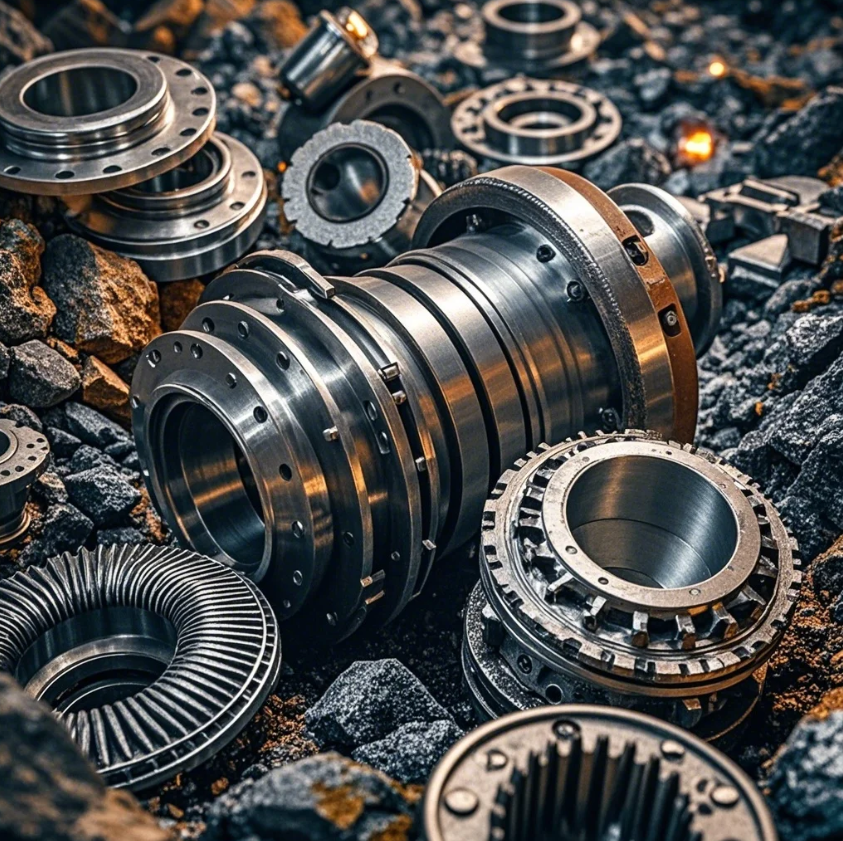
Here are 10 examples of minerals that are commonly found in rocks:
- Quartz: Abundant in both igneous and sedimentary rocks.
- Feldspar: A key component of granite and other igneous rocks.
- Mica: Found in both igneous and metamorphic rocks.
- Calcite: Found in limestone and marble.
- Amphibole: Present in metamorphic and igneous rocks.
- Pyroxene: Found in basalt and granite.
- Olivine: A key mineral in basaltic rocks.
- Clay minerals: Present in sedimentary rocks like shale.
- Magnetite: Found in igneous rocks, often associated with iron.
- Hematite: An iron ore mineral found in sedimentary and igneous rocks.
These minerals are present in many rock types and influence the rocks’ textures, colors, and other properties.
Dive Deeper: Olivine and Pyroxene
Olivine and pyroxene are essential minerals in mafic and ultramafic igneous rocks. Olivine is commonly found in basalt, while pyroxene is found in both basalt and granite. Their presence determines the rock’s color and mineral composition.
| Mineral | Composition | Rock Types Found In |
|---|---|---|
| Olivine | Magnesium-iron silicate | Basalt, Peridotite |
| Pyroxene | Silicate minerals | Basalt, Granite, Diorite |
What Are the 8 Most Common Minerals on Earth?

The 8 most common minerals on Earth are:
- Quartz
- Feldspar
- Mica
- Calcite
- Amphibole
- Pyroxene
- Olivine
- Garnet
These minerals are integral components of the Earth’s crust and are found in various rock types, from igneous to sedimentary and metamorphic rocks.
Dive Deeper: Garnet and Mica
Garnet is often used as a gemstone, but it is also found in many metamorphic rocks, where it forms under high pressure and temperature. Mica, on the other hand, is often found in the form of thin, flexible sheets in igneous and metamorphic rocks.
| Mineral | Composition | Rock Types Found In |
|---|---|---|
| Garnet | Silicate minerals | Schist, Gneiss, Granite |
| Mica | Potassium, aluminum silicate | Granite, Schist, Phyllite |
What Are the 9 Major Rock-Forming Types of Minerals?

The 9 major rock-forming types of minerals are typically classified by their chemical composition and crystal structure. These include:
- Silicates: Quartz, Feldspar, Olivine
- Carbonates: Calcite, Dolomite
- Oxides: Magnetite, Hematite
- Sulfides: Pyrite, Galena
- Halides: Halite
- Sulfates: Gypsum
- Phosphates: Apatite
- Native elements: Gold, Copper
- Hydroxides: Brucite
These minerals are classified based on their chemical makeup and play different roles in the formation of various rock types.
Dive Deeper: Oxides and Sulfides
Oxides, such as magnetite and hematite, are important in iron ore deposits. Sulfides, like pyrite and galena, are key ore minerals, often containing valuable metals like sulfur and lead.
| Mineral | Composition | Rock Types Found In |
|---|---|---|
| Magnetite | Iron oxide | Basalt, Granite |
| Pyrite | Iron sulfide | Shale, Limestone |
Conclusion
The 12 common rock-forming minerals are essential in shaping the Earth’s crust and determining the properties of the rocks we encounter daily. These minerals, from quartz to feldspar, influence everything from the color and texture of rocks to their hardness and weathering resistance.
If you’re interested in learning more about the minerals that make up the rocks around us, feel free to reach out for more detailed information and expert guidance on geology.

